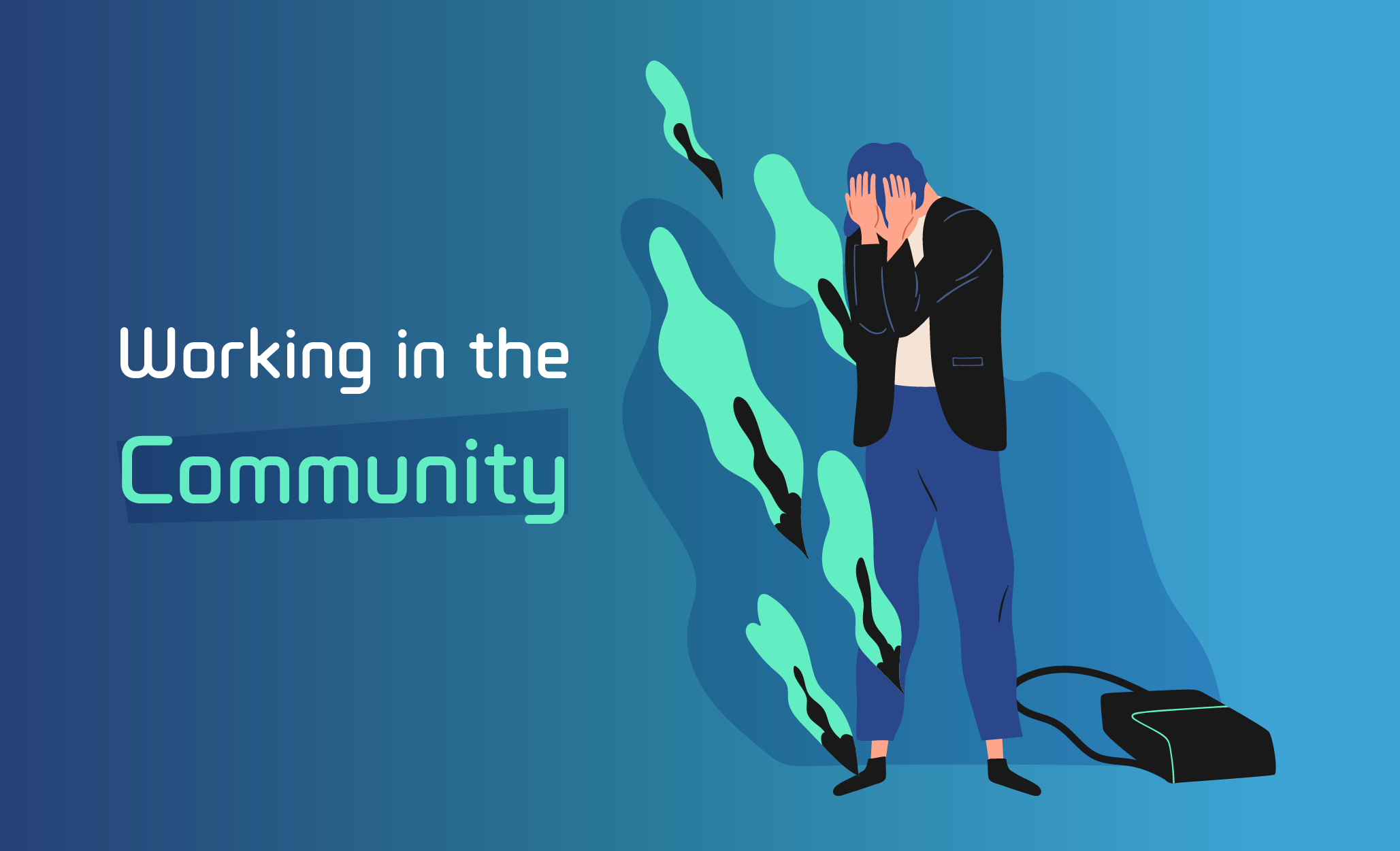Working in the Community

Admin

Bullying can be prevented, especially when the power of a community is brought together. Community-wide strategies can help identify and support children who are bullied, redirect the behavior of children who bully, and change the attitudes of adults and youth who tolerate bullying behaviors in peer groups, schools, and communities.
- The Benefits of Working Together
- Potential Partners
- Community Strategies
- Additional Resources
The Benefits of Working Together
Bullying doesn’t happen only at school. Community members can use their unique strengths and skills to prevent bullying wherever it occurs. For example, youth sports groups may train coaches to prevent bullying. Local businesses may make t-shirts with bullying prevention slogans for an event. After-care staff may read books about bullying to kids and discuss them. Hearing anti-bullying messages from the different adults in their lives can reinforce the message for kids that bullying is unacceptable.
Potential Partners
Involve anyone who wants to learn about bullying and reduce its impact in the community. Consider involving businesses, local associations, adults who work directly with kids, parents, and youth.
- Identify partners such as mental health specialists, law enforcement officers, neighborhood associations, service groups, faith-based organizations, and businesses.
- Learn what types of bullying community members see and discuss developing targeted solutions.
- Involve youth. Teens can take leadership roles in bullying prevention among younger kids.
Community Strategies
Study community strengths and needs:
- Ask: Who is most affected? Where? What kinds of bullying happen most? How do kids and adults react? What is already being done in our local area to help?
- Think about using opinion surveys, interviews, and focus groups to answer these questions. Learn how schools assess bullying.
- Consider open forums like group discussions with community leaders, businesses, parent groups, and churches.
Develop a comprehensive community strategy:
- Review what you learned from your community study to develop a common understanding of the problem.
- Establish a shared vision about bullying in the community, its impact, and how to stop it.
- Identify audiences to target and tailor messages as appropriate.
- Describe what each partner will do to help prevent and respond to bullying.
- Advocate for bullying prevention policies in schools and throughout the community.
- Raise awareness about your message. Develop and distribute print materials. Encourage local radio, TV, newspapers, and websites to give public service announcements prime space. Introduce bullying prevention to groups that work with kids.
- Track your progress over time. Evaluate to ensure you are refining your approach based on solid data, not anecdotes.
Additional Resources
- The Office of Juvenile Justice and Delinquency Prevention’s (OJJDP’s) Model Programs Guide (MPG) contains information about evidence-based juvenile justice and youth prevention, intervention, and reentry programs.
- The Youth.gov Program Directory features evidence-based programs whose purpose is to prevent and/or reduce delinquency or other problem behaviors in young people.
- Three Bold Steps for School Community Change: A Toolkit for Community Leaders (Safe Schools/Healthy Students). This kit shows how partnerships with people from different parts of a community can create positive, lasting change for students.
- Striving to Reduce Youth Violence Everywhere (STRYVE) is a national youth violence prevention effort. STRYVE Online helps communities with access to information and tools, effective strategies, training and technical assistance, and online community workspaces.